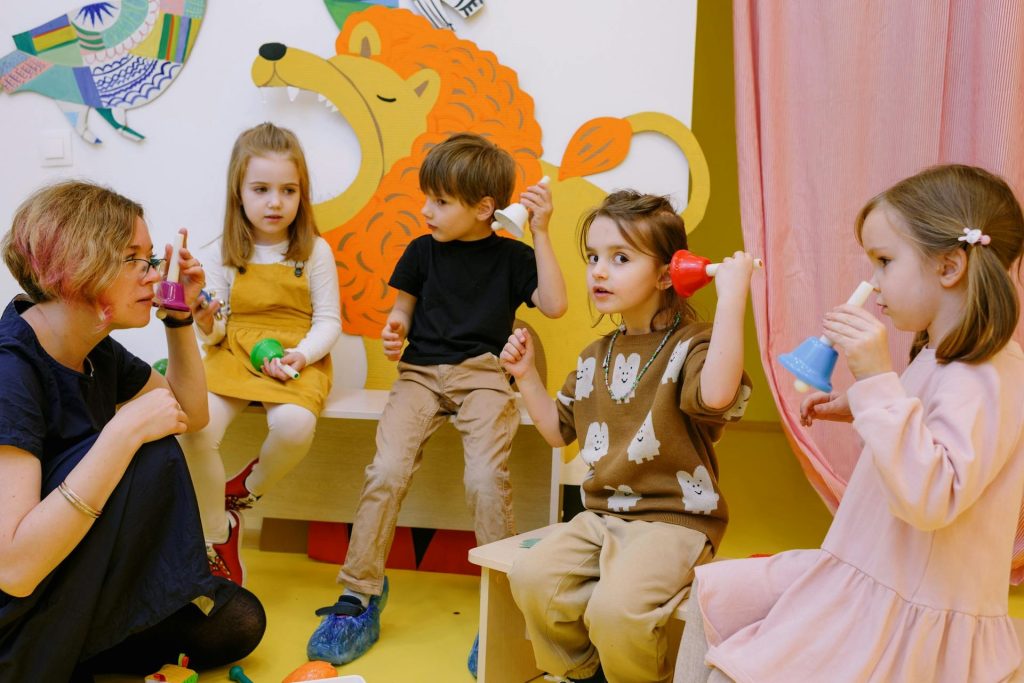Are all schools the same?

Photo By – Ksenia Chernaya
“Tell me and I forget. Teach me and I remember. Involve me and I learn.”
Benjamin Franklin
The National Curriculum is the result of political and social divisions, culture, and religion. Each State and Territory have refined the Curriculum to best suit their jurisdiction. The structure, size and composition of schools reflects the urban sprawl toward the coastal villages, regional centres, and rural and remote schools.
The currant teacher shortage is felt sharply in rural and remote settings and on the edges of urban centres. Some schools have little trouble in attracting staff. The relaxed lifestyle of the Far North coast of NSW has schools of all shapes and sizes, reflecting the dynamic mix across the population.
School Systems are largely inflexible. Departments have become bloated, new syllabi are rolled out like new carpets that are installed annually. Schools ring their bell and welcome new students and those returning for another year. Buildings are cleaned, new carpets and freshly mown lawns are ready for a new year, packed with learning, fun and so much more!
The difference and similarities in schools can be best expressed using a Venn diagram.
All schools have students and teachers.
All schools teach using a mix of state and national curriculum.
Some schools are Infants/Primary schools.
Some schools are High schools.
Some schools are selective or Virtual Schools, and Schools for Specific Purposes, Independent and Religious schools.
Distance Education centres support remote students.
Central schools support Primary/High schools.
Small Schools are unique schools and teach students across the Primary years.
Some schools are in the city, most schools are in the regions and some schools are rural and remote.
The GONKSI review conducted the most thorough review of school funding. The 2010 review attracted 7000 submissions and consulted with 71 stakeholder groups. The SRS was the key recommendation of the review.
The lack of political will to ensure all schools are funded to 100% of the SRS is more evident than event in 2024.
Some schools are funded at or above 100 per cent of the SRS. The NSW Department of Education have committed to transition down schools that are currently funded above 100 per of SRS to 100% of the SRS by 2029.
Most schools are yet to be funded to 100% of the SRS.
Studies have consistently identified school funding as the most important influence on student learning and outcomes.
Governments allocate school funding.
$21 billion, 1.0 per cent of GDP was spent on education in 2019-2020.
It is a frustrating exercise to research where the other 99 per cent of GDP is spent!
Do you remember your school?
